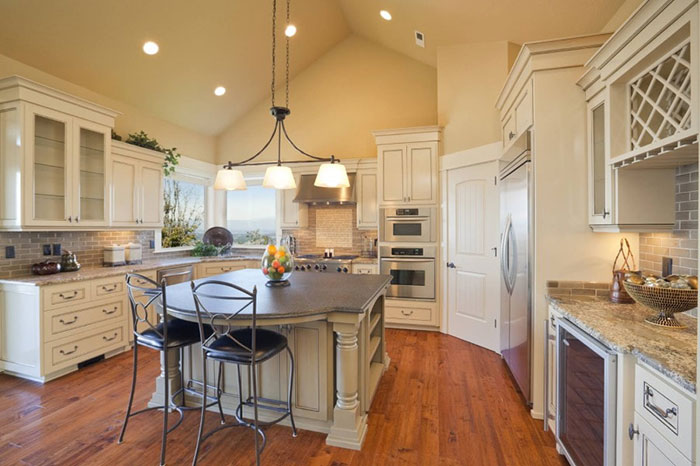Commercial inspection vs. residential inspection: Understanding the difference

If you have bought a house at least once in your life, you know what a home inspection is and how it can help you make an informed purchase. However, what you may not know is the inspection that commercial buildings undergo when an investor wishes to buy one. Not unlike a residential inspection, commercial ones act as a risk-analysis tool for the investor, letting him know if the investment is profitable or doomed to fail due to mechanical issues. But, aside from these differences, how are the two inspection types different? Let’s find out.
What does a commercial inspection include?
A commercial inspection, as mentioned before, checks several parts of a building. These areas can end up having violations that could potentially fail an inspection. Listed below are some of the commonly checked places in a building:
- Hallways
- Corridors
- Staircases
- Aisles
- Exit and exit lights
- Office rooms
- Fire doors
- Electrical or mechanical rooms
- Electrical system
- Plumbing system
- Sprinkler and fire extinguisher
- Roofing
- Structure
- HVAC system
Each of these areas has particular codes needed to be followed in every US state, including Texas, that commercial inspections in Kerrville will compare against. Violations will require existing or new owners to repair or make changes to meet the code.
How is it different from residential inspection?
While the purpose and most of the procedure of both residential and commercial inspections remain the same, the approach of the buyer or investor differs. In a residential purpose, the goal of the buyer is to ensure the house will remain healthy for years to come and be worth something when it comes to selling it in the future.
For commercial inspections, though, investors want to determine the stability and continuity of the income stream from the building. The latter requires inspectors to go beyond structural and technical components and consider the business aspects of the building.
Yet another difference between the two inspection types is the person who conducts the inspection. In residential inspection, you have NACHI and InterNachi certified inspectors conducting the checks. However, building inspections can be done by residential inspectors but are mostly done by a contractor with technical expertise.
How much do building inspections cost?
The size of the building and its condition plays a big role in determining the final cost of a commercial inspection. However, the average price ranges between $500 and over $1000.
Conclusion
Commercial inspections are necessary when buying a building or any commercial property. The reason goes beyond understanding the risks involved in the purchase or its profitability in the future. Such inspections also ensure your workers are not endangered when they work on or inside the building. As such, investors must find a qualified inspector and get the space checked for any defects before opening for business.





